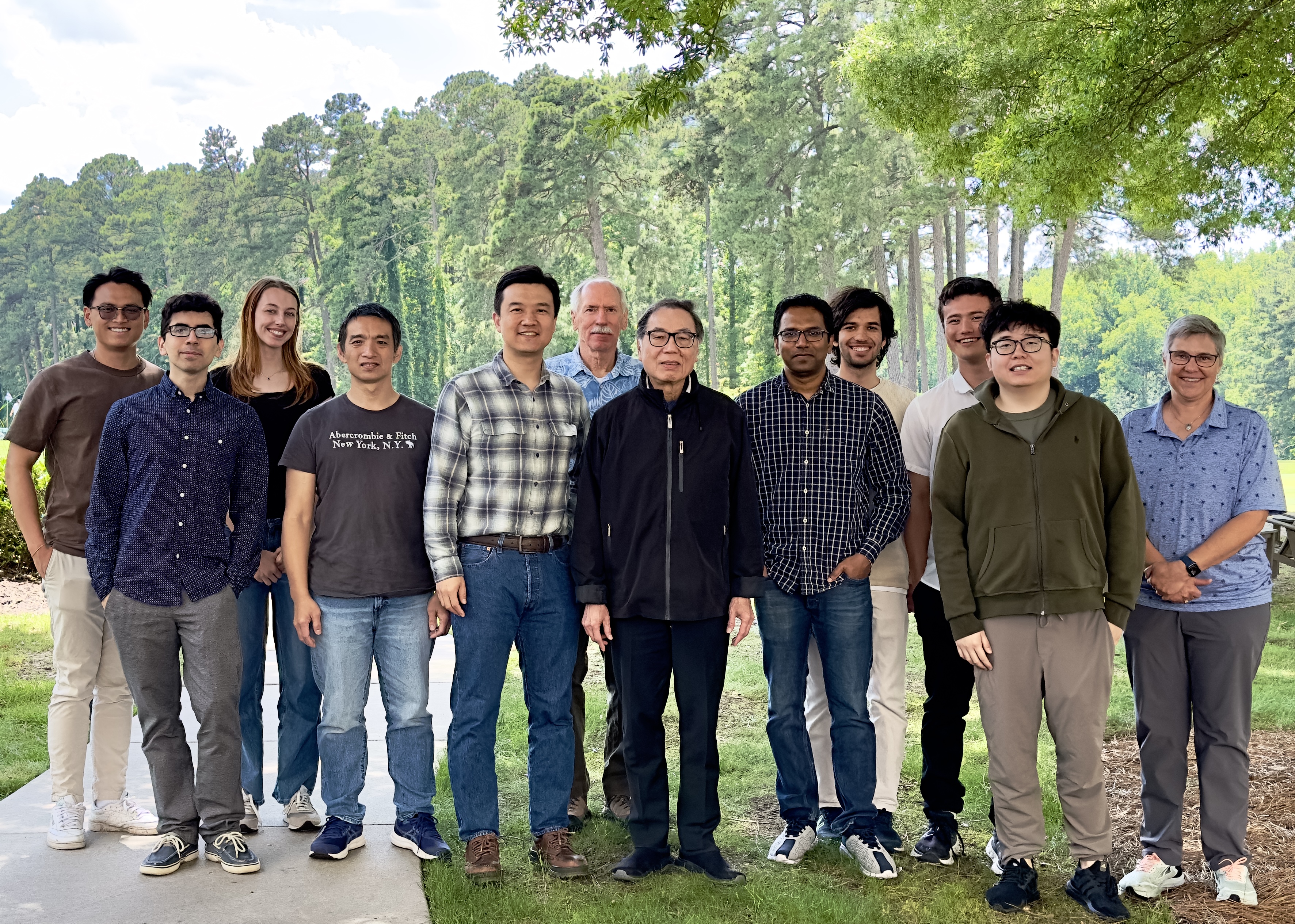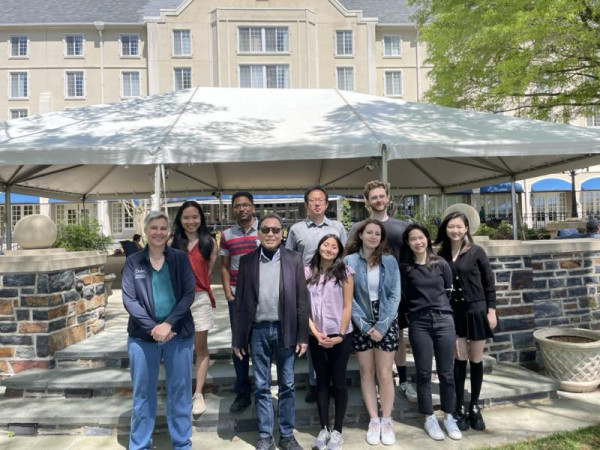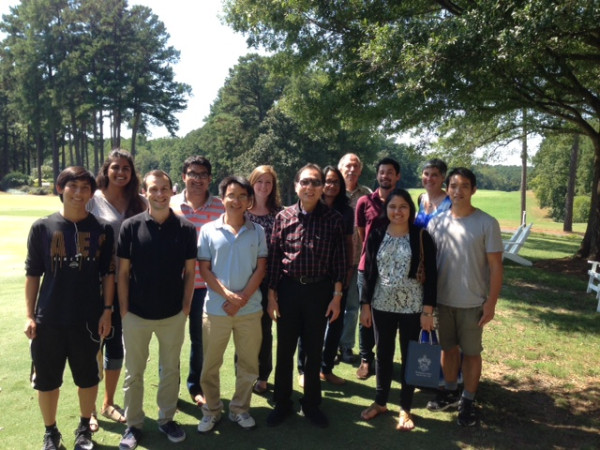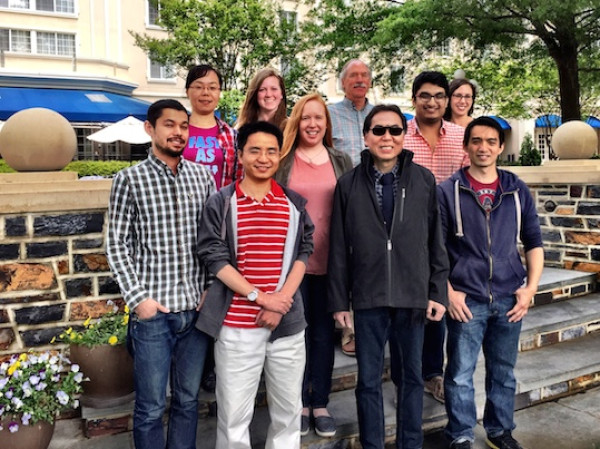The Vo-Dinh Lab is a part of the Department of Biomedical Engineering of the Pratt School of Engineering, and the Chemistry Department of the School of Arts & Science, Duke University. Together with a number of other research groups, the Vo-Dinh Lab is also a part of the Fitzpatrick Institute for Photonics, of which Professor Vo-Dinh is the director.

Research Focus:
Dr. Tuan Vo-Dinh’s research activities and interests include the development of advanced technologies and methods in biophotonics, nanophotonics, biosensors, biochips, plasmonics, multi-modality bioimaging, and theranostics (diagnostics and therapy) of diseases such as cancer and infectious diseases.
We have pioneered the development of a new generation of gene probes using surface-enhanced Raman scattering (SERS) detection with ‘Molecular Sentinels’ and Plasmonic Coupling Interference (PCI) molecular probes for multiplex and label-free detection of nucleic acid biomarkers (DNA, mRNA, microRNA) in early detection of cancer. The ability to simultaneously detect multiple oligonucleotide sequences is critical for many medical applications such as early diagnosis, high-throughput screening and systems biology research.
In genomic and precision medicine, nucleic acid-based molecular diagnosis is of paramount importance with many advantages such as high specificity, high sensitivity, serotyping capability, and mutation detection. Using SERS-based plasmonic nanobiosensors and nanochips, we are developing novel nucleic acid detection methods that can be integrated into lab-on-a-chip systems for point-of-care diagnosis (e.g., breast, GI cancer) and global health applications (e.g., detection of malaria in South East Asia and Africa).
In multi-modality bioimaging, we are developing a novel multifunctional gold nanostar (GNS) probe for use in multi-modality bioimaging in pre-operative scans with PET, MRI and CT, intraoperative margin delineation with optical imaging, SERS and two-photon luminescence (TPL). The GNS can be used also for cancer treatment with plasmonics enhanced photothermal therapy (PTT), thus providing an excellent platform for seamless diagnostics and therapy (i.e., theranostics). Preclinical studies have shown its great potential for cancer diagnostics and therapeutics for future clinical translation.
Various nanobiosensors are being developed for monitoring intracellular parameters (e.g., pH) and biomolecular processes (e.g., apoptosis, caspases), opening the possibility for fundamental molecular biological research as well as biomedical applications (e.g., drug discovery) at the single cell level in a systems biology approach.
The research of the Vo-Dinh Lab is focused on the development of advanced technologies for the protection of the environment and the improvement of human health. The research activities involve biophotonics, nanoplasmonics, nanosensors, laser spectroscopy, molecular imaging, medical diagnostics, cancer detection and therapy, theranostics, chemical sensors, biosensors, and biochips.
- Plasmonics / Surface-Enhanced Raman scattering nanoprobes for medical diagnostics
- NanoBiosensors for real-time monitoring of molecular pathways in single cells
- Nanoprobes in Point of Care Precision Medicine for early cancer diagnostics
- Biochips and Nanochips for early detection of diseases at the point-of-care
- NanoImaging / Near-field scanning microscopy for bioimaging
- HyperSpectral Imaging (optical biopsy) for cancer diagnosis
- Cancer Diagnostics
- Field Instrumentation
- Acoustics & Photoacoustics ultrasound technologies for medical diagnostics
- Smartphone Sensor for global health applications
- Multi-modal Bioimaging and Treatment for cancer diagnostics and therapy
Our laboratories are located in the Fitzpatrick Center (FCIEMAS) and the French Family Science Center, both situated on Duke University West Campus.












